What is Cerebellar Stroke?
A cerebellar stroke happen when the blood supply to the cerebellum is stopped. This part of the brain helps with body movement, eye movement, and balance.
There are two main types of stroke: hemorrhagic and ischemic. An ischemic stroke is the most common type of it.
Medical care is needed right away. Cells in the brain die if they are without oxygen for more than a few minutes. This can be deadly too.
Symptoms
Symptoms from a cerebellar stroke can happen suddenly. They might be mistaken for other conditions because they appear nonspecific. In most cases, these symptoms are ignored.
Common symptoms of a cerebral stroke include:
- Vomiting
- Double vision
- Tremors
- Dizziness
- Headaches
- Nausea
More visible symptoms of a cerebellar stroke may include:
- Difficulty swallowing
- Difficulty speaking or slurred speech
- Uncontrollable eye movement
- Vertigo
- Poor coordination
- Abnormal reflexes
- Unconsciousness
If left untreated, a cerebellar stroke can cause your brain to bleed or swell. These complications can lead to further damage to your cerebellum and other areas of your brain. If a cerebellar stroke affects your breathing, your brain stem, heartbeat, and blood pressure could also be affected.
Causes
A cerebellar stroke is mainly caused by a blood clot obstructing blood flow to the cerebellum. Blood clots can form in your blood vessels or travel from other parts of the body such as the heart or the neck until it becomes trapped in blood vessels leading to the cerebellum.
A cerebellar stroke can also be the result of head trauma or hemorrhage that causes blood to pool in a portion of your brain. A brain hemorrhage can cause pressure to build in your brain and interrupt regular blood flow.
There are a number of factors that may increase your risk of having a cerebellar stroke. Risk factors that can lead to a blood clot or obstruction include:
- diabetes
- high blood pressure
- atherosclerosis, or a narrowing of the arteries
- heart disease
- smoking
- high cholesterol
- obesity
- physical inactivity
Diagnosing a cerebellar stroke
Before recommending treatment, your doctor might conduct a thorough evaluation of your medical history and examine your symptoms. Accurately diagnosing the condition is crucial to help rule out other brain conditions or issues that might lead to recurrent strokes.
Your doctor will use imaging tests to see if there is any brain bleeding or injury. These tests may include a CT scan and MRI.
An MRI can be the first recommended procedure. It could more accurately display the cerebellum than a CT scan. This is because the cerebellum is surrounded by bone and is located at the back of your brain.
Other procedures your doctor can use to help them diagnose your condition include:
- CT angiogram (CTA)
- Ultrasound
- Magnetic resonance angiography (MRA)
Treating
Treatment depends on the severity of the stroke and the symptoms you are experiencing. If there is a brain hemorrhage, your doctor will work to reduce swelling in your brain and control the bleeding.
If your doctor discovers a blood clot, they will surgically remove the clot or prescribe you medication to dissolve it. They can also recommend medication to:
- Thin blood
- Reduce brain swelling
- Control blood pressure
- Prevent seizures
If a cerebellar stroke affects your motor skills and mobility, your doctor can recommend rehabilitation therapy. Sessions will focus on improving your ability to complete the daily tasks:
- Physical therapy can improve your mobility, balance, and muscle function.
- Speech therapy can improve your swallowing and speech.
- Occupational therapy can improve your ability to perform everyday activities.
Physiotherapy Treatment :
Physiotherapy treatment in Cerebellar stroke depends upon your symptoms, mainly Physiotherapist check your movement control, Balance and co-ordination, After examine you, They recommended few Best exercise that will improve your motor function, balance and co-ordination.
Frenkle’s co-ordination exercise is mostly recommended by Physiotherapist to improve co-ordination. Balance will be checked in sitting position and standing position and according to Balancing exercises are started.
Rehabilitation exercise is essential part of the cerebellar stroke, Physiotherapist are trained according to your assessment.
Chest Physiotherapy treatment is also required if you are Bed-ridden and it also depends upon your condition.
A cerebellar stroke is a rare condition that may affect your balance, coordination and motor skills mainly coordination activity. Since this type of stroke presents with nonspecific symptoms, receiving treatment can be delayed. This could make cerebellar strokes life-threatening.
If treated early, the chance of recovery from a cerebellar stroke are high. However, full recovery might take time. There could be a chance of permanent injury. Discuss your options and concerns with your doctor, or Contact Us.

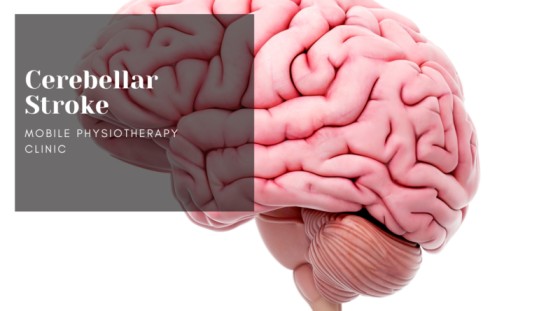
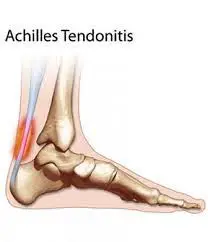
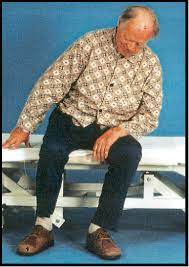

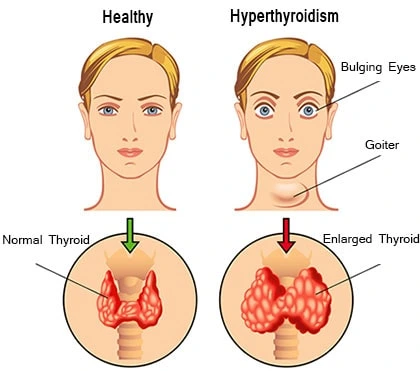
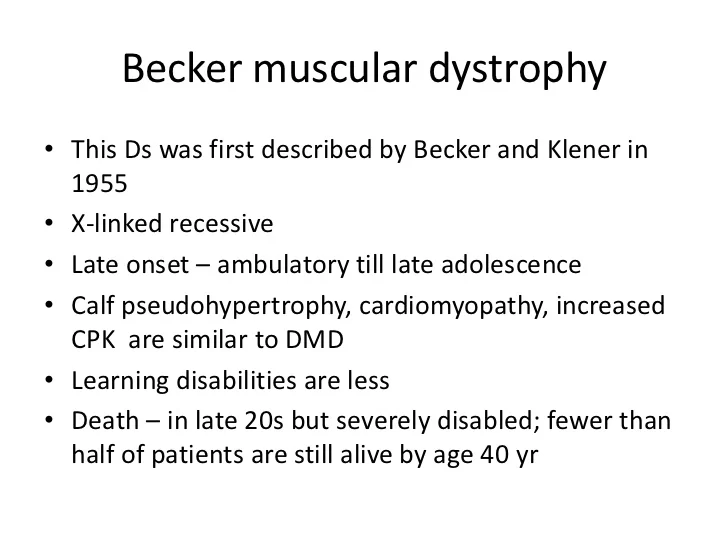
One Comment